In the stillness of the night, the surface of an analog record begins to emit a quiet glow. As the needle traces the grooves, music fills the space, transforming the entire room into a rich world of sound. When life reaches a turning point, what remains after shedding the superfluous are the tones that truly resonate with the soul.
Sifted through the sieve of time, these chosen pieces of music continue to stand by our side amidst thousands of memories. From among them, I introduce a record with which I feel a particularly deep connection. Encounters that come after understanding the weight of existence carry a different radiance. Shall we embark on this journey of sound together?
This time, I write about “Seikan Hikou” (“Interstellar Flight”) from Megumi Nakajima’s record “8 pieces of love,” a song that has profoundly influenced me.
On social media, I share using the hashtag #捨てレコ. Please use this tag to tell me about the record you couldn’t part with.
I will introduce the record from the following three perspectives:
1. Resonance and Form—The Texture of Sound in This Record
The breath of an era told through its jacket, the tactile sensation of the grooves etched into the vinyl, and the world that unfolds the moment the needle drops. I will explore the beauty and resonance of this record in depth.
2. The Coordinates of Memory—The Intersection Between This Record and Me
When, where, and how did I first encounter this record? And why could I never bring myself to part with it? Beyond my personal experience, I will reflect on the magnetic pull that music exerts over memory.
3. The Context of Sound—How This Record Lives Within a DJ Set
At what moment should this record be played within a mix? How does it resonate with the temperature of the dance floor and intertwine with other tracks to create new narratives?
Resonance and Form—The Texture of Sound in This Record
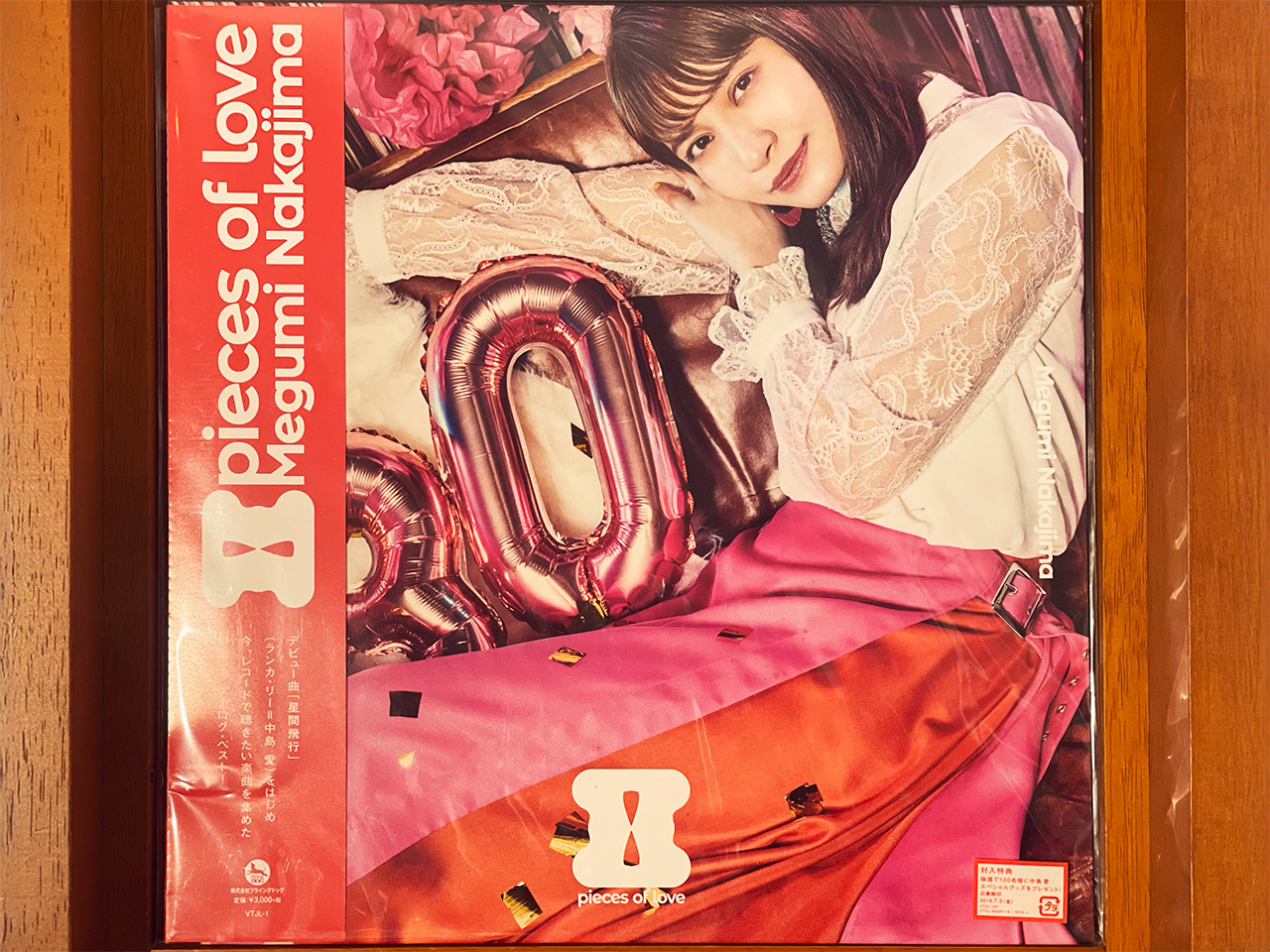
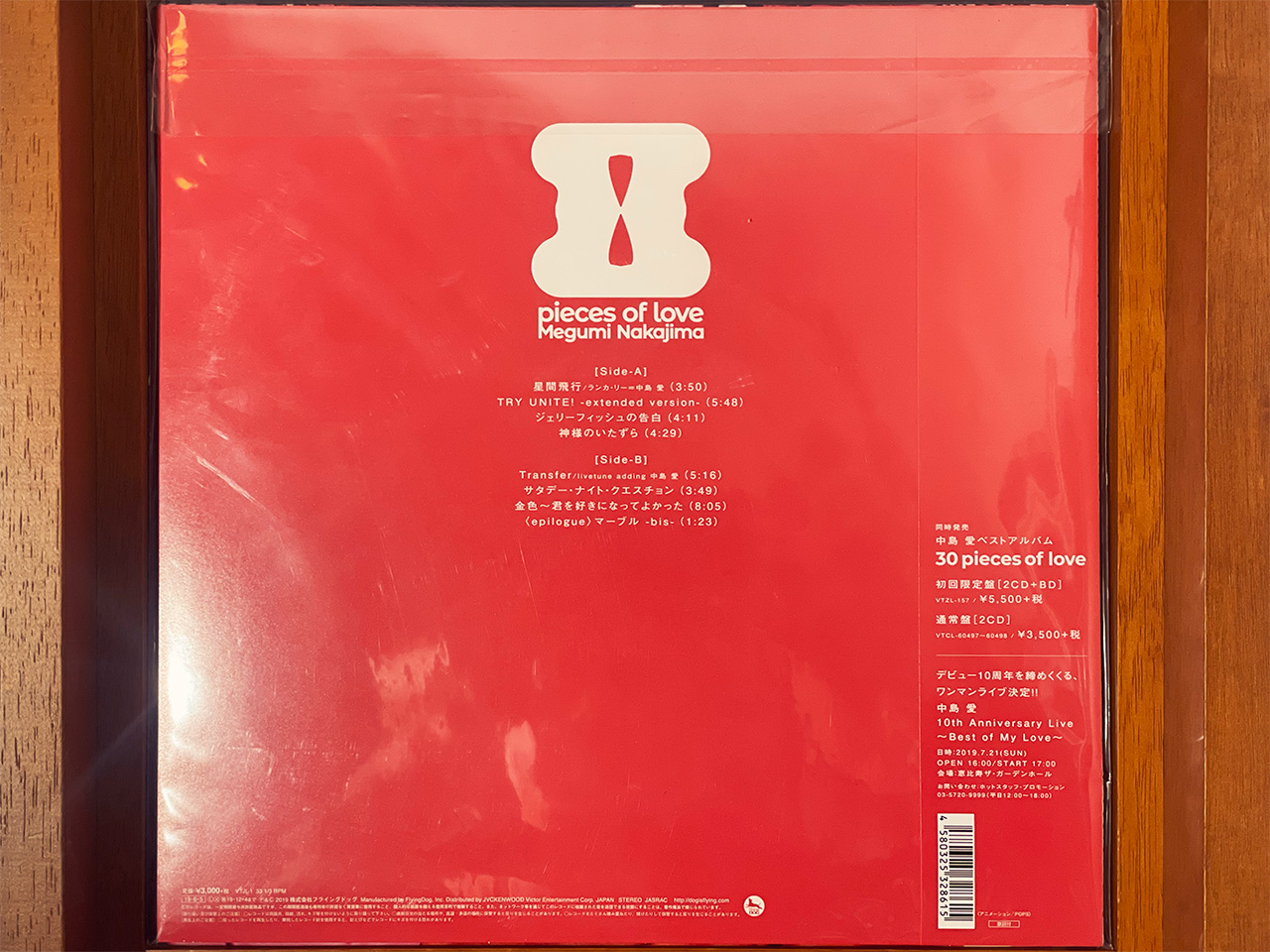
■Sound
Megumi Nakajima’s analog record “8 pieces of love” is a special best-selection album produced to commemorate her 10th debut anniversary. This record includes “Seikan Hikou” (“Interstellar Flight”), a song she performed as Ranka Lee in the anime “Macross Frontier.” This track symbolizes her career as a singer and is widely recognized as an anime song.
“Seikan Hikou” was created by the perfect duo of composer Yoko Kanno and lyricist Takashi Matsumoto, brilliantly blending J-POP and anime songs. The song’s tactile quality is characterized by transparent vocals and sparkling sound, with the phrase “Kira!” being particularly striking, leaving a vivid impression on listeners.
Megumi Nakajima has expressed her affection for analog records, stating, “It was my dream to release my own analog record.” This work realizes that dream by carefully selecting songs from the best album “30 pieces of love” that she wanted to hear on record. Notably, “Seikan Hikou” is a special inclusion exclusive to the analog version, chosen as her debut song as Ranka Lee, making it a symbolic track for fans.
The Miracle of Episode 12 That Changed Anime History
In episode 12 of “Macross Frontier,” titled “Fastest Delivery,” Ranka Lee performs a guerrilla live to suppress a rebellion, passionately singing “Seikan Hikou.” The scene where Zentradi soldiers lay down their weapons to listen to the music embodies the theme of “stopping war with the power of music.” This moment was so impactful that the genius Yoko Kanno remarked, “For the first time, I seriously believed in the potential of music.” Chief director Shoji Kawamori later asserted, “It’s no exaggeration to say that episode 12 was made for ‘Seikan Hikou’,” highlighting the inseparable relationship between the song and the story.
The Urgent Change of the Episode 17 Opening
The fact that the originally planned opening theme for episode 17 was urgently replaced with “Seikan Hikou” demonstrates the production team’s seriousness. This unprecedented measure was taken in response to overwhelming viewer reactions, solidifying the song’s historical status in anime.
The Birth of the “Kira☆” Phenomenon
The phrase and signature pose “Kira☆” just before the chorus spread explosively on the internet immediately after the broadcast. On platforms like 2channel and Nico Nico Douga, numerous parody videos featuring other characters were created, making it a phenomenon that symbolized late 2000s internet culture. This pose was later incorporated as a standard performance in Megumi Nakajima’s own live shows, becoming an icon transcending generations.
Takashi Matsumoto’s Historical Homage
Lyricist Takashi Matsumoto incorporated keywords such as “water surface” (“Macross Zero”) and “wind” (“Macross Plus”) as tributes to previous “Macross” series, providing fans with a hidden treasure hunt-like enjoyment. Furthermore, the fact that the title is a play on Antoine de Saint-Exupéry’s “Night Flight” created an unexpected connection between literature and anime.
A Debut Transcending Reality and Fiction
In the story, Ranka’s debut song is set as “Neko Nikki,” while in the real world, “Seikan Hikou” was released as Megumi Nakajima’s debut song, creating a dual structure. This reversal blurred the boundaries between character and voice actor, establishing the unique existence of “Ranka = Megumi Nakajima.”
These overlapping episodes elevated “Seikan Hikou” beyond a mere anime song to a cultural phenomenon. It remains a rare example of a song that moved the story and influenced the real music scene, continuing to be talked about to this day.
The Coordinates of Memory—The Intersection Between This Record and Me
Revisiting “Seikan Hikou” wasn’t just a trip down memory lane. It was a sincere moment of reconnection. One late night in 2025, I rewatched episode 12 of Macross Frontier—the moment when Ranka Lee descends onto the battlefield and shouts “Kira☆!”, and the music explodes. Her voice flows through a war-torn landscape filled with friend and foe alike. At that moment, I found myself in tears.
For me, “Seikan Hikou” transcends the label of “anime song.” It is a prayer—a song that recalls the time when I truly believed in the power of music.
When it was first uploaded to Nico Nico Douga, a flood of remixes and MADs (fan-made videos) followed. I was completely immersed. I was drawn to multiple creators, attending events where they performed, and even participated in music production and shared performances. I was bursting with energy in those days.
But over time, differences in values and ideologies among some people became more apparent. There were no overt conflicts, but subtle dissonances began to surface. Eventually, I found myself being mocked or criticized on social media, sometimes by people I had once called friends. Words that once encouraged me began to feel like knives.
“How could something that once connected us so deeply—music—fall apart so easily?”
That experience made me doubt not only others but music itself. I gradually distanced myself from people, and eventually from social media altogether.
But I’ve come back.
Under the name Rehabilitation, I resumed my activities—songwriting, live performance, DJing—and returned to social media. Not with bitterness or resentment, but with love and sincerity, just like Ranka and Alto. I also learned to forgive my past self. I chose to live again, through music.
Like Setsuna F. Seiei from the Gundam 00 movie, who evolved through dialogue.
Like Ranka, who believed her song could reach someone, even in the middle of war.
“Seikan Hikou” became a symbol of my rebirth.
Rather than relying on existing reviews or analyses, I re-examined the song from scratch—through my own ears and experience.
One thing that immediately stood out was the way a seemingly lighthearted pop song included an homage to hard rock: the iconic guitar riff from Deep Purple’s “Smoke on the Water.”
It was one of the first riffs I practiced after switching from acoustic to electric guitar—a global rite of passage for guitarists. There’s something poetic about such a universally recognizable riff being woven into a song for the “Galaxy’s Number One Idol.”
But what moved me even more was the emotional story embedded in the chord progression and bass line.
In the first chorus, the lyrics say: “Riding a shooting star, I dive down to you.”
The harmony that follows mirrors this descent through a chromatic sequence:
Cm → CmM7 → Cm7 → F
It descends beautifully—almost inevitably.
But in the final chorus, the lyrics change: “Riding a shooting star, you rise up.”
And yet, the chord progression appears to remain unchanged.
That’s the trick. While the surface chords stay the same, the bass line ascends instead:
C → D → E♭ → F
It’s as if the melody still descends like Ranka, but the bass—perhaps symbolizing Alto—rises in response, catching and lifting her.
I even hear it like this:
Cm → G/D → Cm/E♭ → F
This time, the chromatic movement reverses: it’s an ascent. If the high-pitched bell symbolizes Ranka’s descent, then the bass’s climb is Alto lifting her back up. This song is a duet of hearts—a shared “prayer arrow” launched across a battlefield.
And we must not forget: when Ranka sang, she meant to reach everyone present—not just Alto.
Enemy or ally, human or Zentradi, she believed music could connect them. That unwavering belief turned a fleeting moment into a miracle.
I also want to talk about Sheryl Nome. While the movie subtitle calls her the “False Songstress,” I have never seen her as false in any way. On the contrary, I believe she was perhaps the most authentic singer of them all.
Even if she was a star manufactured through cunning marketing, that doesn’t negate her essence. Aware of her constructed status, she still chose to sing of her own will. She struggled, resisted, cared for others, and kept moving forward. Even while carrying the weight of illness and the shadow of an impending end, she continued to stand on stage with dignity and pride—not as a mere idol, but as a human being.
It was because she was a star that she met Alto. But what Alto saw wasn’t just the glamorous icon on stage—it was the real Sheryl behind the mask. Her vulnerability, her loneliness, her true self. Alto and the others saw all of it, and accepted her not as a symbol or idol, but as a companion, a friend, and a woman.
The songs she sang were filled with pride and resolve. Even if they began as songs for herself, the desire to be heard by someone eventually grew into something universal, something real that resonated with others. Her music shimmered with beauty, yes, but it was also steeped in pain, anger, sadness—and a burning desire to live fully. Her voice was powerful not because she was an untouchable star, but because she was fully human.
To take on a “manufactured identity” and still choose to sing from your heart—to use your own voice and words to reach someone—that’s an act of deep courage. Sheryl’s journey taught me something vital about how I relate to music. There were days when I wanted recognition, yet feared showing my true self. Days when I still longed to create, despite everything.
Watching Sheryl, I often found the strength to keep going. Even now, I can’t bring myself to call her “false.” Sheryl Nome was, and always will be, the true Galaxy Fairy in my heart.
“Seikan Hikou” (and the other songs from Macross Frontier) are not just hit songs to me. They carry my memories of believing in music, of having my heart broken, and of the resolve to rise again. All of that lives inside the notes of this song.
The fact that “Seikan Hikou” was included as a special track on the analog record 8 pieces of love feels like a message—a song reborn for this very moment.
Naturally, this is one record I could never throw away.
Even if I didn’t have the vinyl in my hands, this song would still echo within me.
While writing this article, I came across a recent cover:
Ranka Lee (Megumi Nakajima) – “Seikan Hikou” Band Cover [atagi ✕ Yuyuta]
Hearing this song sung in Atagi’s voice made me realize once again the sheer impact “Seikan Hikou” continues to have. The song has been covered by countless idols and musicians, and I myself have witnessed its performance at various idol events and live shows over the years. It was especially common back in the day.
In today’s Reiwa era, the motif of the “idol” might seem overused—but it’s far from obsolete. If anything, the very feeling of “overuse” has become part of its meta-layer. Across anime and live-action alike, the idol is being reimagined, used not just as a character type but as a mirror—something through which we view ourselves and society.
When Macross Frontier aired in 2008, Japan was just on the brink of its so-called “Idol Warring States Period.” AKB48 was rising fast, and underground idol culture was beginning to blossom. Into this landscape, Macross F hurled an idol into a fictional galaxy—not to promote merchandise, but to earnestly tell a story about using music to stop war.
It was a bold and sincere statement that has left a deep mark not just on anime, but on real-life artists who followed.
And perhaps most astonishingly, this fictional song, born inside a story, went on to be embraced in karaoke rooms, on live stages, and in the hearts of real-world idols who chose to perform it themselves. It crossed the boundary between fiction and reality—and even years later, it continues to leave an unforgettable impression.
“Seikan Hikou” is not just a character song. Not even just an anime song. It’s a response to the concept of “idol,” and a question posed to its future. That’s why it keeps being sung. That’s why it keeps being loved.
Let me also briefly touch on another track included on the record: “TRY UNITE!”
This track was composed and arranged by Rasmus Faber, whom I had the honor of sharing a stage with at an event at Akihabara MOGRA. That alone was a wonderful memory for me. But what struck me even more was the opening line of this song—“the girl in a tracksuit.” The impact was immediate.
In the music video, Megumi Nakajima wears a Fred Perry track jacket. At the time, I had no idea I would eventually run a portrait site called 「tracktop girl」 featuring women in track jackets. But seeing tracksuits featured so prominently in this context filled me with delight.
The anime Lagrange: The Flower of Rin-ne, which used “TRY UNITE!” as its opening theme, features a heroine who runs the “Jersey Club” at her high school—a concept both quirky and charming. That concept, paired with the song and its visuals, left a lasting impression on me.
The Context of Sound—How This Record Lives Within a DJ Set
“Seikan Hikou” is a song that shines with near-perfect polish—whether judged as a pop tune, an anime theme, or a vocal performance. That very perfection, however, can present a challenge in a DJ set: it’s not always easy to decide when to drop it. The track is so self-contained and impactful that finding suitable songs to precede or follow it requires thoughtful planning and emotional balance.
Fortunately, there are a wealth of house edits and four-on-the-floor remixes of “Seikan Hikou” that make it easier to integrate into a club set. These remixes maintain the song’s delicate clarity and charm, while adjusting the BPM and adding minimal loop structures that allow for a smoother blend with other tracks.
One angle worth exploring is the song’s affinity with the Motown beat, specifically the Japanese interpretation. In Japan, “Motown Beat” can refer to either a bouncy shuffle rhythm or a tight four-on-the-floor pattern—the latter being the case for “Seikan Hikou.”
In this context, Nogizaka46’s “Haru no Melody” becomes a great candidate to mix into:
Despite its soft hues, “Haru no Melody” has a strong rhythmic backbone. The combination creates a blend where both tracks enhance each other’s strengths. Notably, it’s also a meaningful song for me as it features my favorite member, Kana Nakada, in the center position. The track can even be read as a reinterpretation of Vanessa Paradis’s “Be My Baby” through the lens of Japanese pop.
What makes “Seikan Hikou” particularly fascinating as a DJ tool is its dual nature—it asserts itself boldly, yet if handled with finesse, it becomes a beautiful bridge to the next track. The balance between its strong identity and its surprising adaptability is what gives it lasting power in a mix. It demands creativity from the DJ but rewards it with moments of true resonance.
That’s why I always keep this record tucked in my bag. It’s not a track for every moment, but when the right moment arrives, it lands like a miracle. Again and again, I reach across the stars, letting “Seikan Hikou” fly like an arrow of prayer into the current of sound.
Thank you sincerely for reading to the end.
I believe that you, too, have sounds in your life that remain unforgettable—records that shimmer like distant stars in your memories.
May their eternal resonance gently illuminate your tomorrow.




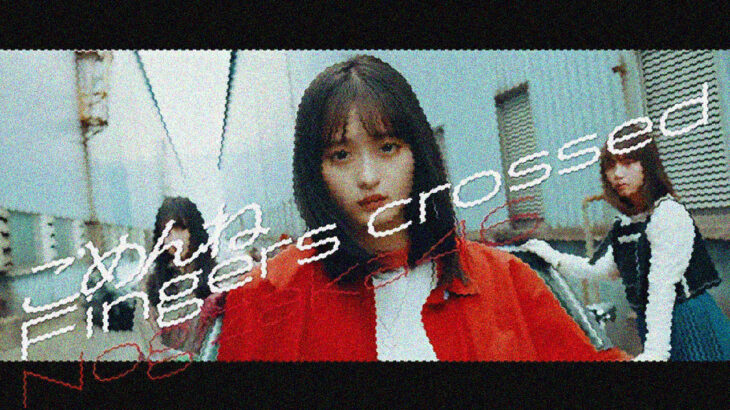
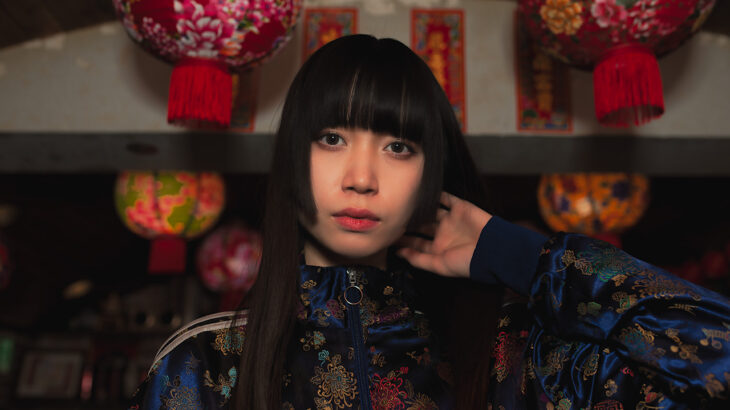
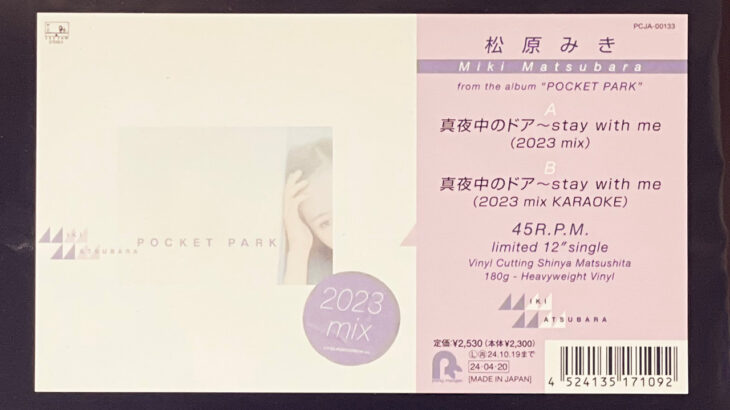
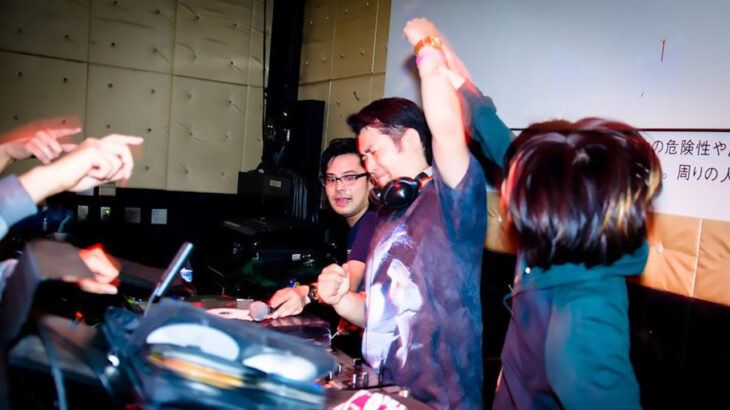
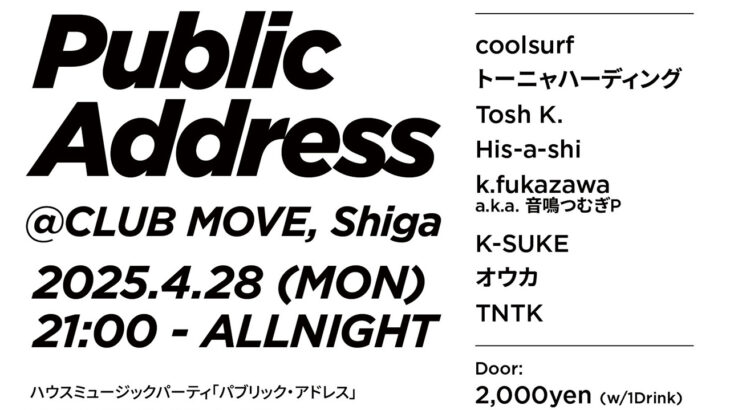
コメントを書く